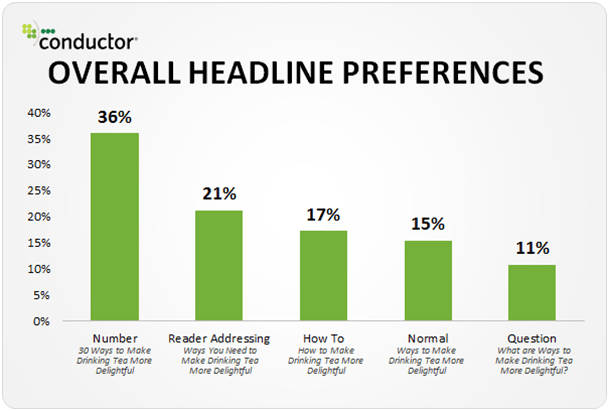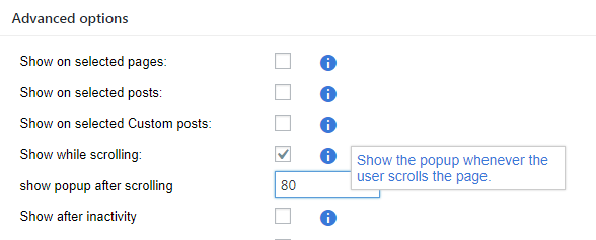Blog
5 tips on how to make your blog posts more organized

Generating a unique and organized blog post isn’t as easy as it may seem at first glance. First, you need to have outstanding writing skills, including analytical thinking combined with some critical mindset. In addition, you should master the necessary skills in order to attract your readers’ attention and keep them engaged from A to Z. However, the task becomes much easier if you follow some necessary steps. Herein, let’s get to know several important recommendations that make your text, as well as adjacent features look coherent and organized.
1. Make your text coherent
-
Choose titles to arise interest in reading further
Your title should be eye-catching and attractive so that your blog visitors are tempted to find out what’s inside. Specifically, article titles starting with ”how to” or “5,7,10… strategies/techniques/tips etc. to achieve something” tend to ensure more readability.

-
Your title shouldn’t lie about your content
Surely, your title should be attractive to capture readers’ attention, however, that’s not all about that. Additionally, your title should illustrate the points discussed within the article. That is, if you write a screaming title for a dull content, that will not benefit you in any way, what’s more, it will annoy your readers.
-
Consider splitting your text into paragraphs
Dividing your text into paragraphs makes it easily digestible. Thus, when you get to writing an article, you should start either by brainstorming ideas (putting on paper everything that comes to mind first) or with writing an engaging introduction. The latter should present the general idea. Also, it can outline the points that are going to be discussed in the following paragraphs. Next, develop your thoughts in a few paragraphs and then, come up with a conclusion. Here you shouldn’t convey new information, but you should sum up the thoughts already expressed in the article.
-
Make sure your thoughts are running smoothly
When writing an article, always take care of coherency. This means that the thoughts expressed in your content should follow each other logically. For this purpose, also make use of words of transition. These give an emotional hint to your thoughts making your text run more smoothly. Here are some of the transitional words: thus, so, surely, certainly, moreover, additionally, accordingly, in contrast, and so on. These words are also classified into several groups depending on the meaning conveyed by them.
-
Use bullets and numbering to make key points stand out
Usage of such marks makes important points more conspicuous. Due to this, it becomes easier for your readers to skim through your article and get familiarized with its content.
-
Make use of infographics to illustrate your points
Infographics are very useful for presenting research results in an all-inclusive manner. They come up with various graphical images to illustrate the key points in articles.
-
Optimize your blog post for SEO
Here you should take care to make your titles, tags, categories, descriptions and of course, your article SEO friendly. Always make sure the keyword you have chosen is mentioned in your article, as well as in your title and descriptions. This helps Google to find out what your article is about. However, never overuse tags and categories so that the system can locate everything properly. For example, if you use many tags, most probably all of these tags can’t be included in your article, as well as in your title and descriptions. Accordingly, it will be difficult for Google folks to crawl your website and identify what it is actually about. Thus, here as well, being moderate plays a key role.
5. If you have decided on using popups, take care to make them polite and organized
We would like to address the issue related to popups as it happens quite often when we have to deal with the improper organization of these windows on a webpage. These ads are very effective and useful both for e-commerce, as well as for other types of websites. We just want to define the “rules for exploitation” so that website owners know how to apply popups to their websites to make most out of them. Herein, we have included several key recommendations to make your popups more organized:
-
Avoid stuffing your webpage with popups
Stuffing a webpage with popups is an approach characteristic of the aggressive behavior. So, in case you would like to display several popups on your website, you can do that by distributing them on different pages, posts or products.

-
Allow your site visitors some time to get familiarized with your content
Once your website visitors land on your webpage, don’t be in a haste to come up with an offer through a popup window. Allow your visitors a few seconds to see what your website is about and only then make your offer. Specify how many seconds the opening of your popup should be delayed.

-
Let your popups be triggered by some action
Your popup can open after some time your visitors have spent on your website. It can also appear after performing certain actions. Depending on the event used, a popup may open either at the moment of clicking on something, on hovering, scrolling with the mouse, or on detecting the intention to exit (exit-intent technology). The privilege of these options is that they ensure a visitor has spent some time on the website so he/she is familiar with the content. Take the “on scroll” event as an example. When this event is given to a popup, the window will appear as soon as a visitor has scrolled down the page to a certain extent (in percentage).

-
Show your popup only once during the session
Finally, showing the popup to a user again after he/she has closed it once has to do with the improper organization as well. So, if you want to make a polite popup, don’t show it to the same user more than once during the session.

In conclusion
Updating blog pages with new articles is crucially important for the sellers of online products and/or services. This way, website owners provide useful information to their readers in order to help them find answers to many questions. A blog post includes the article along with the relevant images, tags, categories and descriptions. Finally, it encompasses additional features like popups. The latter are windows that are not static on the screen. They can appear after some time or can be triggered by some action. Accordingly, you should explore all of these features as their correct usage will help you reach your ultimate goal of making your blog posts more organized. Due to this, you will increase the readability of your posts.



